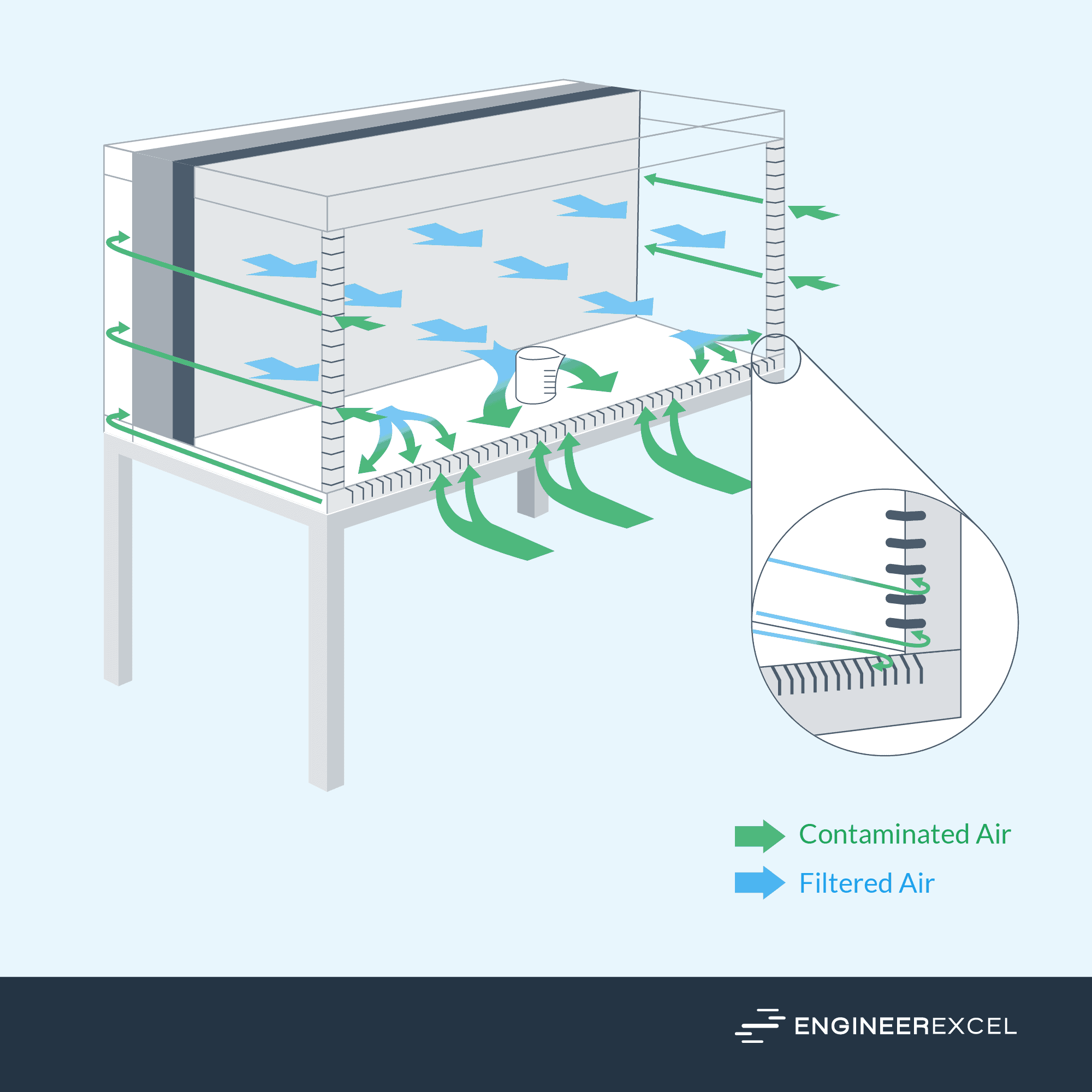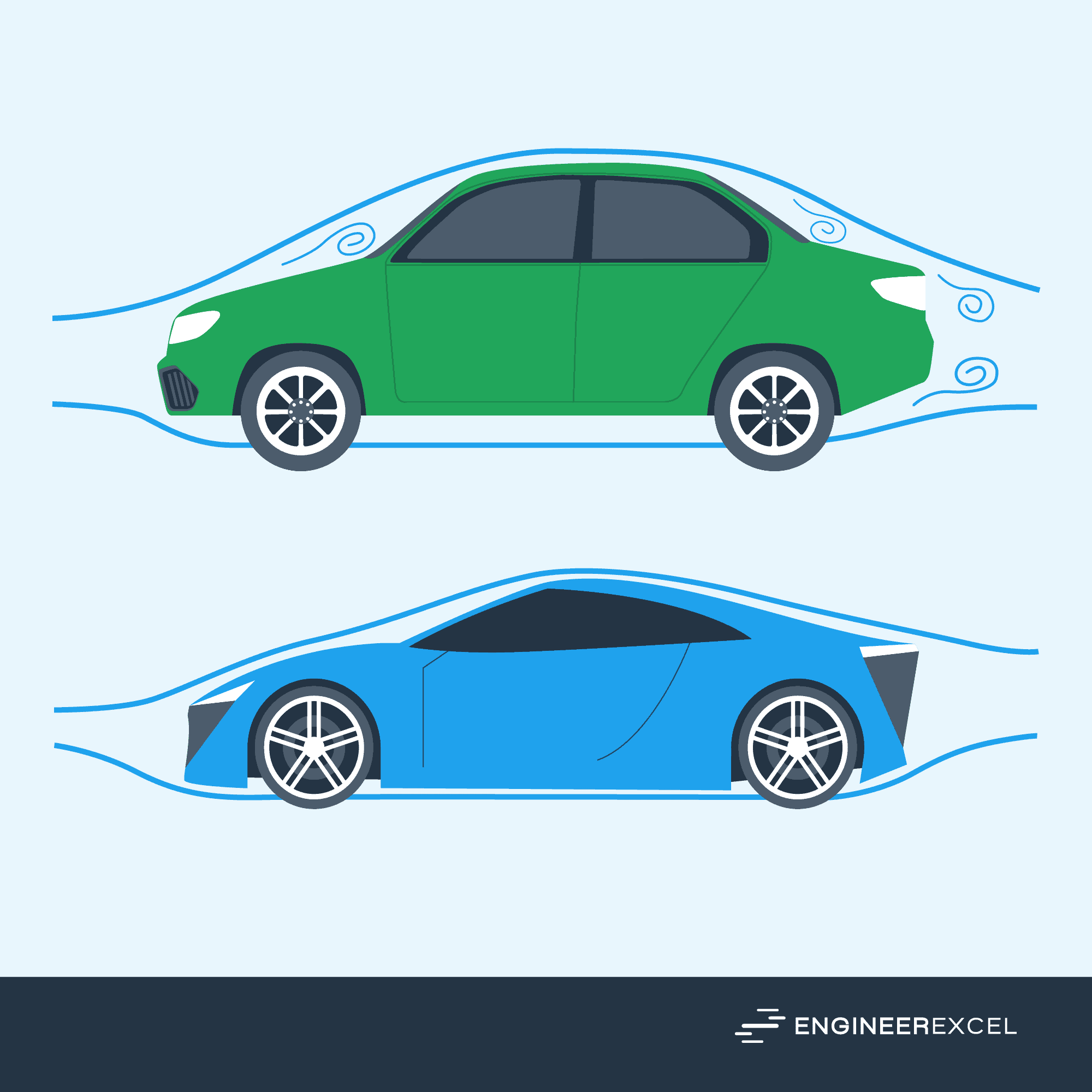Laminar flow, a fluid flow pattern characterized by smooth, parallel layers with minimal turbulence, is utilized in various industries such as aviation, engineering, and laboratory settings. The advantages and disadvantages of laminar flow are essential considerations when designing processes and systems in which fluid dynamics play a prominent role.
What is Laminar Flow?
Laminar flow, or streamline flow, is a fluid flow in which the fluid moves smoothly and continuously in parallel layers, with minimal mixing between the layers. It occurs when a fluid flows at a relatively low velocity, allowing the particles of the fluid to move in a predictable, orderly manner. Laminar flow is characterized by its low turbulence, consistent distribution of particles, and uniform velocity across the flow.
In contrast to turbulent flow, where the fluid particles move in a chaotic and disordered manner, laminar flow allows for a more predictable and controlled fluid movement. This is particularly important in various applications, from engineering to medical procedures.

The conditions for the occurrence of laminar flow can be determined using the dimensionless Reynolds number (Re):

Elevate Your Engineering With Excel
Advance in Excel with engineering-focused training that equips you with the skills to streamline projects and accelerate your career.
| Re | Flow condition |
| Re < 2000 | Laminar flow |
| 2000 < Re < 4000 | Transition zone |
| Re > 4000 | Turbulent flow |
The Reynolds number is calculated using the fluid density, velocity, characteristic length, and dynamic viscosity. In cases where the Reynolds number is less than 2000, the fluid flow is considered laminar.
Advantages of Laminar Flow
Laminar flow, also known as streamline flow, offers several advantages in various applications. It is characterized by fluid particles flowing in parallel layers without disruptions or turbulence. The following paragraphs detail the critical benefits of laminar flow.
One advantage of laminar flow is its energy efficiency. Since fluid particles move smoothly and parallel to each other, there is less energy lost due to friction and turbulence. In comparison to turbulent flow, laminar flow has lower friction losses, which leads to a reduction in energy consumption.
Another benefit of laminar flow is its predictability. The smooth and orderly nature of laminar flow allows for more precise control and manipulation of fluid flow rates. This characteristic is particularly advantageous in applications where accuracy and control are essential, such as microfluidics and fluid delivery systems.
Laminar flow also plays a crucial role in maintaining a sterile environment. In cleanrooms and operating rooms, laminar flow hoods create a controlled environment with minimal particulate contamination. This is achieved through the unidirectional flow of filtered air, which prevents the accumulation of airborne contaminants and reduces the risk of infection or contamination.
Lastly, laminar flow contributes to reduced noise generation. Due to the absence of turbulence and chaos, laminar flow generates less noise than turbulent flow. This is particularly beneficial in applications where noise reduction is essential, such as in aircraft, submarines, and specific piping systems.
Disadvantages of Laminar Flow
Laminar flow, despite its benefits, also presents certain drawbacks worth discussing.
One major limitation of laminar flow is its sensitivity to disturbances. Unlike turbulent flow, which can self-stabilize after perturbations, laminar flow can easily be disrupted by external factors, such as vibrations or imperfections in flow channels. This makes maintaining laminar flow conditions more challenging, especially in real-world applications.
Another disadvantage of laminar flow is its inherently low rate of heat and mass transfer. In contrast to turbulent flow, which exhibits high rates of heat and mass transfer due to rapid mixing and energy dissipation, laminar flow features limited intermixing and, consequently, slower transfer rates. This can lead to inefficiencies in various applications, such as heat exchangers, chemical reactors, and fluid transport systems.
Additionally, laminar flow is typically constrained within narrow operating regimes, characterized by low Reynolds numbers (Re). This limits the applicability of laminar flow to low-speed or small-scale systems, whereas turbulent flow is more prevalent in high-speed, large-scale applications.
While laminar flow can offer certain benefits regarding fluid control and predictability, it also suffers from disadvantages, such as higher sensitivity to disturbances, lower heat and mass transfer rates, and limited applicability in high-speed, large-scale systems. These factors should be carefully considered when designing and implementing fluid systems utilizing laminar flow.
Applications of Laminar Flow
Laminar flow has various practical applications, as its unique properties, such as reduced turbulence and well-ordered flow, provide advantages in specific settings. This section discusses some of the most common applications of laminar flow.
First and foremost, laminar flow hoods are used in laboratories and cleanrooms where contamination must be minimized. They ensure a constant and clean supply of air, reducing the risk of contamination by maintaining directed airflow. Examples of facilities using laminar flow hoods include:
- Biomedical research laboratories
- Pharmaceutical manufacturing facilities
- Electronics manufacturing

Laminar flow also plays a crucial role in medicine, particularly during surgical procedures. Operating rooms utilize laminar flow systems to maintain sterility and reduce bacterial contamination by providing a controlled environment. This technology helps minimize post-operative infections and promotes faster recovery times.
In the aerospace industry, laminar flow is essential for improving aircraft aerodynamics. By reducing turbulence and air resistance on the aircraft’s surface, designers can create more fuel-efficient and higher-performing aircraft. Some techniques employed to enhance laminar flow over airplane wings include:
- Controlling surface roughness
- Optimizing wing shape and airfoil geometry
- Implementing boundary layer control mechanisms
Another application of laminar flow can be found in automotive engineering. Vehicle manufacturers use computer simulations and wind tunnel testing to analyze and capture laminar flow patterns. A car exhibiting reduced drag will have improved fuel efficiency and overall performance. Consequently, engineers focus on designing vehicle shapes and surfaces that facilitate laminar flow, minimizing air resistance and turbulence.

